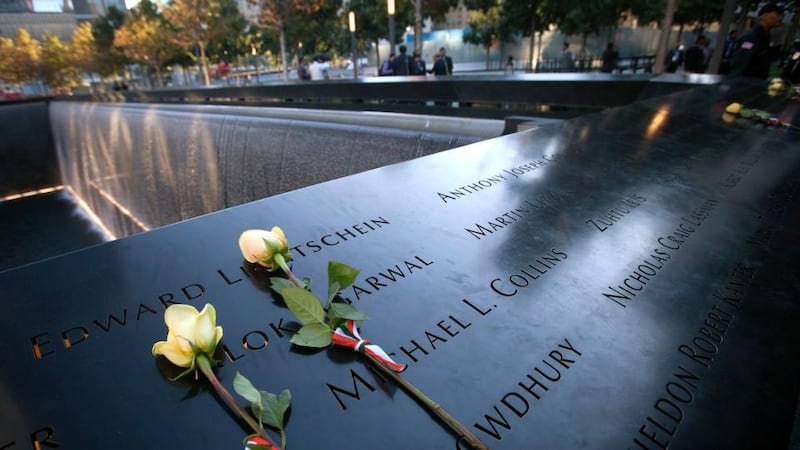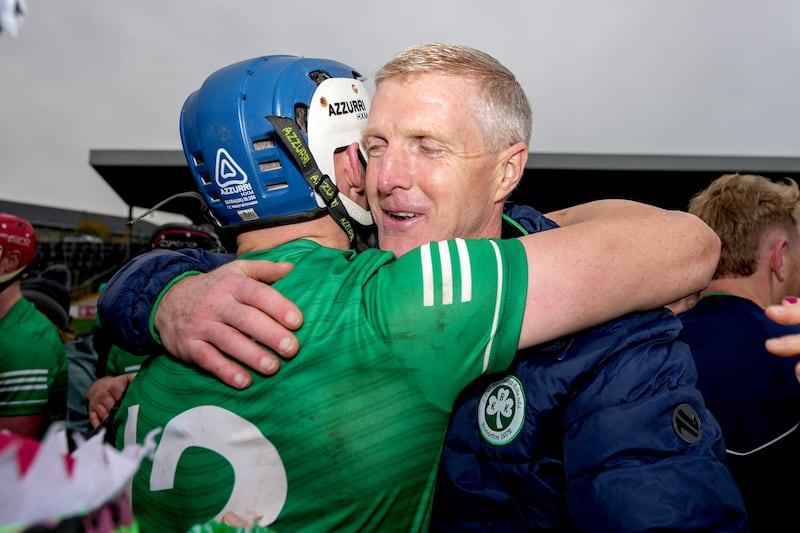Memories of 9/11 are still fresh in the minds of New Yorkers just 13 years after the catastrophe that befell the Twin Towers. Apart from close relatives of the 2,983 victims, most people in the city have put it behind them, but now there’s a permanent reminder of Al- Qaeda’s most spectacular terrorist attack.
The eight-acre site – dubbed Ground Zero – has from the start been a contested space. How should it have been treated? Some felt a formal memorial alone would suffice. Others, including many bereaved families, wanted a museum that would tell the whole shocking story. In the end, Ground Zero got both.
Most people seem to have responded positively, even emotionally, to the National 9/11 Memorial, which was unveiled in 2011. It takes the form of two immense square pools, each an acre in size, occupying the entire footprints of the missing towers, with water cascading down all four sides and then vanishing into a seemingly bottomless pit.

It was designed by Israeli-American architect Michael Arad and landscape architect Peter Walker. Each pool is surrounded by broad bronze handrails, engraved with the names of those who died on September 11th, 2001. They are all indented, so white roses or miniature US flags can be attached to the name of a loved one by relatives.
The cascading water and the way it appears to vanish into a subterranean plughole are seen to symbolise those people who disappeared that day.
Blue square panels
Some of the victims were vapourised, and an unknown number of unidentifiable human remains were interred on the site, behind a wall in the new 9/11 Memorial Museum. It is fronted by square panels in different shades of blue – 2,983 altogether – with a huge inscription, borrowed from Virgil: “No day shall erase you from the memory of time.”
All the blue refers to how people remember the colour of the sky on that morning before two passenger jets smashed into the World Trade Center, hitting the North Tower first and then the South Tower 17 minutes later. An endless loop replays NBC’s breaking news report on the day when everyone realised that the US was under attack.
Until recently, the much-criticised museum shop was offering a cheese platter shaped like the mainland US, with heart shapes showing where the hijacked aircraft crashed (the plate has since been withdrawn). But you can still buy gift items such as ties, scarves and mugs featuring the characteristic gothic tracery of Seattle-born architect Minoru Yamasaki’s major work.
Twisted metal
There are photographs of the Twin Towers and actual remnants of the two buildings: huge, twisted metal trusses and the last column to be removed from the site, which is covered in scrawled messages and stickers like a revered totem.
The steel column now stands in the museum’s cavernous Foundation Hall, which also features the surviving “slurry wall” that held the Hudson River at bay. In front of this huge, almost archaeological artifact are lined up the flags of 90 countries – including Ireland’s – showing how multinational the atrocity really was.
Entrance to the subterranean museum is via a wedge-shaped building between the memorial fountains, which looks as if it might have been designed by Daniel Libeskind, author of the abortive 2003 competition-winning scheme for Ground Zero, but the architects were Norwegian firm Snøhetta along with Manhattan-based Davis Brody Bond.
An adult ticket is expensive, at $24 (€19). This may be because the US congress hasn’t yet given any funding towards its operating costs. The capital outlay for the entire memorial has also been enormous, at $700 million (€555 million), plus an incredible $3.5 billion (€2.8 billion) for Santiago Calatrava’s dinosaur-boned transport hub.
Inevitably, security is tight. Everyone entering the museum must go through a body scanner before descending the broad, gloomily lit ramp that leads into its depths, seven storeys below ground level. A “soundscape” of voices, recorded afterwards, recall people’s personal experiences of the day.
One of the most moving exhibits is the Suvivors’ Staircase, a set of eroded concrete steps that many people used as an escape route from the burning towers. A battered fire tender stands nearby, its once long ladder melted down to a tangled mess of steel. The same goes for a salvaged elevator motor and a section of the communications mast.
Ghoulish video footage
The main historical exhibition recounts the terrible events of the day, including ghoulish video footage of trapped people jumping to their deaths from the upper floors of the 110-storey buildings;I couldn’t bear to watch any of it. Neither could I listen to the last voicemail messages left by victims on relatives’ mobiles.
Another room is dedicated to those who perished, with photographs of them all covering its four walls. Inside it is a smaller enclosed space, with a glazed floor, where their names are read out one by one while pictures and a short biography of each victim are projected. There are lots of personal items, such as crumpled shoes and shoulder bags.
A wall is given over to the poignant "Missing" posters that appeared all over the city in the wake of the event. Other relics include a torn safety belt from one of the planes, a scorched car door, a charred fireman's axe and salvaged uniforms worn by first responders. All are reminiscent of a Holocaust museum; the director, Alice Greenwald, previously worked at the one in Washington DC.
Christopher Hawthorne, of the LA Times, criticised the "unrelenting literalism" of the 9/11 Museum, describing it as "an overstuffed answer to the appealing minimalism" of the cascading pools, while Philip Kennicott, of the Washington Post, branded it as "an oversized pit of self-pity, patriotic self-glorification and voyeurism".
David Longmire, who lives in the East Village, remembers 9/11 vividly. He says going to the museum "felt like being retraumatised". Many of the relics had brought tears to his eyes, but, as he didn't want to be "drawn into the trauma vortex", he "got the hell out of there" and went to one of the pools to "remember in peace".
One World Trade Center, the new skyscraper that has risen next to the site, is a disappointingly bland corporate office tower by Skidmore, Owings and Merrill, with giant glazed isosceles triangles stretching from base to parapet, topped by a curiously 1930s-style antenna. It will never acquire the iconic status of the Twin Towers.
As for the 9/11 Museum, it’s just too much, too soon.




















